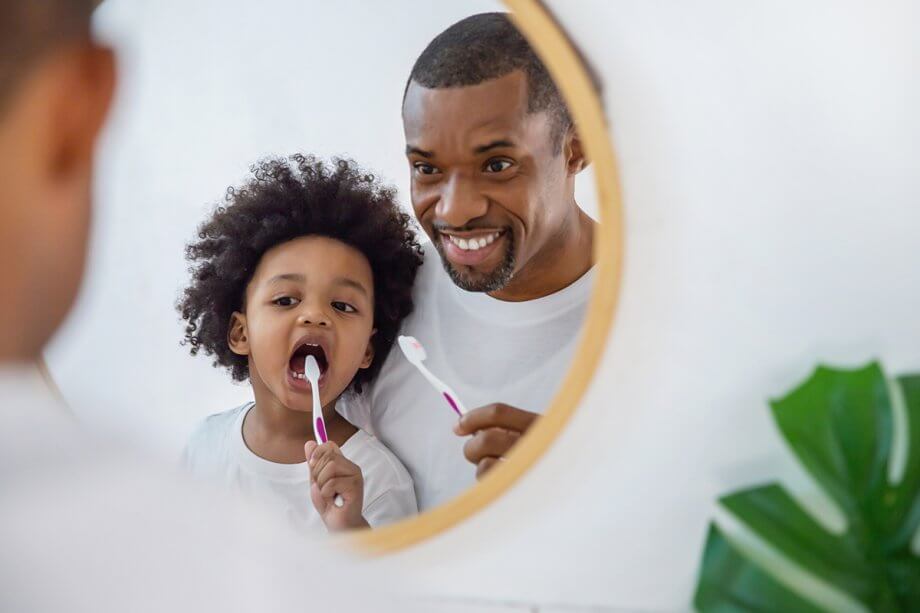Many adults and children observe that their gums bleed when brushing or flossing. Bleeding gums are a potential sign of early gum disease, even in children. Fortunately, you can reverse bleeding gums with proper attention to preventive dental care.
This blog will explain why children's gums bleed when they brush their teeth and what parents can do to combat this problem.
Causes of Bleeding Gums in Children
Gingivitis
Gingivitis is the first stage of gum disease, which is increasingly common in pediatric patients. Gingivitis happens when plaque and tartar build up along the gum line, irritating the gums with bacterial waste products. The gums may become swollen and red and bleed when brushing or flossing.
Gingivitis may seem as if it is not a significant problem, but researchers link poor gum health in childhood to lifelong oral health issues. If gum disease progresses, your child could be at risk for tooth loss in adulthood.
Using a Stiff Toothbrush
Sometimes, brushing can be too rough for sensitive gums. Please ensure that your child has an extra-soft toothbrush and that they brush at a 45-degree angle to the gums.
Brushing Too Hard
Together with a stiff toothbrush, brushing too hard can cause bleeding gums. Scrubbing hard enough that the toothbrush's bristles become bent indicates brushing too hard.
Gums Unaccustomed to Flossing
If you recently started flossing your child's teeth, you may notice some bleeding gums during the adjustment period.
Crooked Teeth
Bleeding gums don't always happen due to poor oral hygiene. If a child's teeth are crooked, reaching all the plaque and food particles clinging to the hidden surfaces may be difficult. This problem is a good example of why orthodontic correction is more than cosmetic and can protect a child's oral health.
How to Prevent Bleeding Gums
- Brush and floss as recommended at least twice per day
- Look into orthodontic correction if a child has crooked teeth
- Children who brush their own teeth can use an antibacterial mouthwash
- Use an extra-soft toothbrush
How to Treat Bleeding Gums at Home
If bleeding gums bother your child, try putting a piece of damp gauze on the affected area. You can also try small ice packs to reduce bleeding and swelling.
Frequently Asked Questions About Bleeding Gums
Can I reverse gingivitis in my child?
If you improve your home care routine and have orthodontic problems corrected, you can reverse this gum condition with no lasting effects.
How should I brush my child's teeth to avoid bleeding gums?
Brush thoroughly but gently using an extra-soft toothbrush and fluoride toothpaste. Hold the brush at a 45-degree angle to reduce pressure on the gums but provide sufficient cleaning.
Call Pediatric Dental Associates of Clinton
If your child's gums bleed when they brush or floss, it's not too late to help their oral health improve. Please call our Annandale, NJ, office at 908-735-6300 to schedule a cleaning and comprehensive exam appointment. We can help educate you and your child about proper home oral care.
